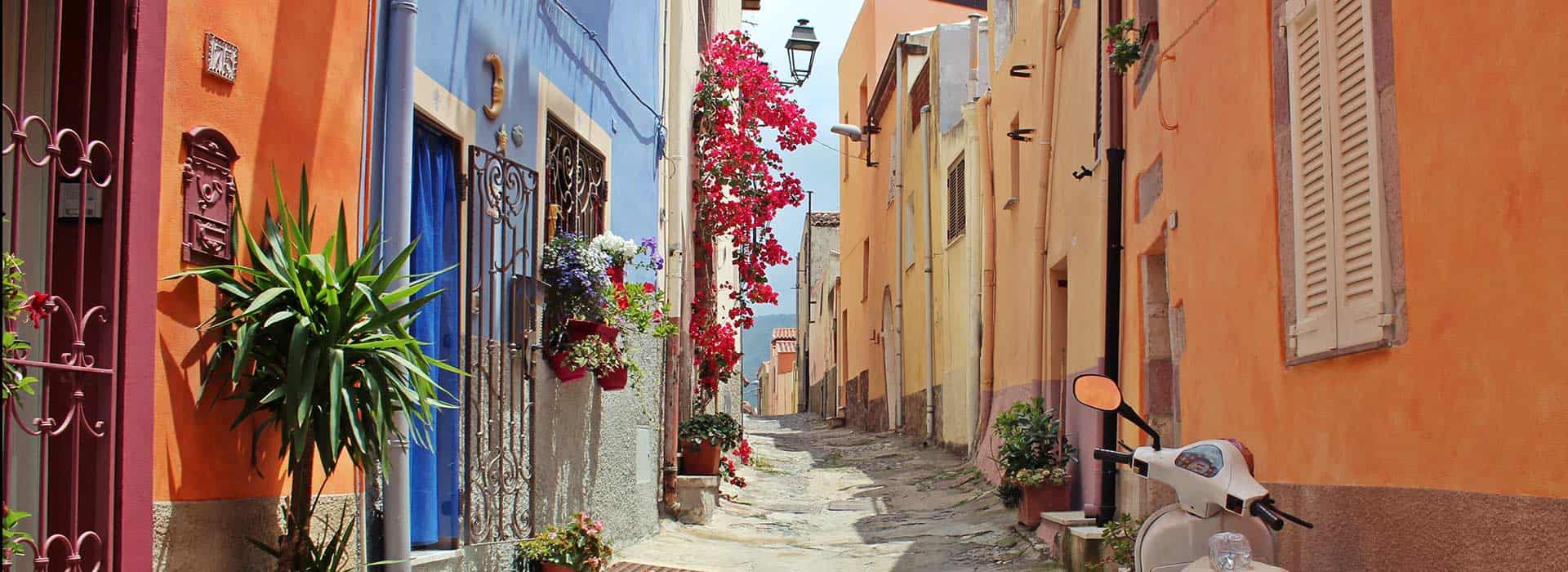
17 Aug Ronda, Spain: A Day Trip Guide to Andalusia’s wonderful town
Ronda is a beautiful city in Spain that is definitely worth a visit! It is located in the province of Málaga in the Andalusia region and is known for its picturesque views and beautiful natural scenery including mountains, canyons, waterfalls, excellent wine and food, and much more!
The city is home to the famous Puente Nuevo bridge, which spans the El Tajo gorge. There are also numerous other attractions, such as the Arab Baths, the bullring, and the Museum of Ronda.
If you are planning a visit to Ronda then this guide will definitely be useful! I have compiled all of the information that you need in order to make an informed decision about where to stay and what there is to see. Read on for more info about this wonderful city!
When is the best time to visit Ronda?
The city of Ronda has a semi-Mediterranean climate and therefore experiences warm summers and mild winters. Temperatures during the summer months tend to be around 24 degrees Celsius, but can get much hotter in August when daytime highs are often over 30 degrees. In contrast, winter temperatures range from about 5 degrees up to 12 degrees Celsius. It is recommended that you visit in late spring or early autumn if possible as this is when there are fewer tourists and it is also a more pleasant time to be in the city. The autumn months are also beautiful because of all of the changing leaves on the trees and at the many different parks throughout the region.

How to get to Ronda
Ronda is easily accessible by car, bus and train. Once there, it’s very easy to get around on foot and explore the town. If you’re driving to Ronda, check with your hotel first to see if they have onsite parking or can recommend where to park in Ronda, because Parking can be a challenge.
By train
You can buy the tickets online at the Renfe website. There are direct trains from Málaga, and Granada, however, there are other trains that require a brief changeover at Antequera-Santa Ana. From Málaga, the journey takes just over 2 hours. From Granada, it takes about three hours.
By Bus
If you are departing from Málaga, the trip takes around 3 hours, and you can buy tickets online at Avanza Group. From Seville, the journey takes about 2 hours, and you can book the tickets with the Damas Group, which costs around 13€
By car
This is the easiest method to travel in Andalucía- south of Spain and in my opinion is the best way to explore the region, you can make several stops and see other villages and it gives you more flexibility as you don’t have to wait for public transport.
It’s only 1.5 hours from Málaga to Ronda. The quickest route is via the A-357 and A-367. The journey from Seville to Ronda takes around 1.5 hours, down the A-375.
The drive between the two cities is stunning! You will pass many beautiful pueblos blancos, and I highly recommend you make a stop to explore them. My favourite one is probably Setenil de las botegas- a town built famous for its houses built into rock overhangs.
From Granada to Ronda the trips it’s a 2.5-hour trip via the A-92.
You can bring your own car or rent a car through discovercars.com. Just click here. The process is very easy and straightforward.
Things to do in Ronda
View Puente Nuevo from above
Ronda’s iconic bridge is by far the town’s most famous landmark, was completed in 1793 and connects the old Moorish part of town and the newer, El Mercadillois. Puente Nuevo is one of three bridges spanning the 120-meter drop and features a chamber located above the central arch. This room has at various times served as a prison and, a torture chamber, but is now a museum dedicated to the old prison and bridge.
The bridge is said to be the inspiration as the place featured in Ernest Hemingway’s for Whom the Bell Tolls, from which people were thrown to their deaths during the Spanish Civil War.
A great place to view the Puente Nuevo is from the Parador which sits on the cliff wall adjacent to the bridge. I suggest you cross the bridge for a different perspective.

Hike down into the El Tajo Gorge
Many people only stop at the top of the bridge, but you can hike down into the El Tajo gorge to admire the incredible scenery around Ronda, while also enjoying some of the best views of the Puente Nuevo bridge. You’ll be able to see the entire structure, including a series of cascading waterfalls and rapids and the Guadelevín River which erupts from the Tajo Gorge.

Check the Cuenca Gardens
The gardens were created in 1975 to celebrate the twinning of Ronda with her sister city of Cuenca. Jardines de Cuenca or the Cuenca Gardens is the name of a series of 23 rose-covered terraces. The lovely gardens are high above El Tajo gorge and you can see incredible views of the gorge, the Guadalevin river and the Puente Nuevo.
Visit Plaza de Toros de Ronda
Plaza de Toros de Ronda is a must-visit. The Plaza de Toros de Ronda or Bullring of Ronda is a historic Bullring in Ronda which opened in 1785. It is the oldest bullring in Spain, and it is considered to be one of the cradles of modern bullfighting it is capable of holding 5,000 spectators.
The bullring is home to the famous Francisco Romero – commonly regarded as the inventor of the muleta (red cape).
You can tour the bullring and museum (Museo Taurino), which costs €8 (€9.50 with audio guide) and learn about the controversial spectacle that takes place within it.

Check the Puerta de Almocábar
Ronda was considered a very strong defensive city due to its geographical location, Puerta de Almocábar is a remaining of the former Islamic period defence system and it was built in the 13th century. The name is derived from the Moorish word al-maqabir, which refers to a cemetery that was previously located on the square directly opposite the portal, in what is now the Plaza Ruedo Alameda.
Visit the Arab Baths
Ronda’s Arab Baths, known in Spanish as “Baños Arabes” are no longer in operation but are one of Ronda’s most important tourist attractions, located just outside the old city walls near the Puente Arabe. Built by the Moors of Spain in the 13th century, these baths are the best preserved in Spain. The baths were originally used as a place to purify and cleanse the body before entering the mosque.
If you go inside, you can watch a video (offered both in English and Spanish) to learn more about the baths and the Moorish life.
The Arab Baths is a remarkable example of Moorish architecture with its high ceilings, columns and star-shaped vents in the roof which create interesting light patterns.
The baths are open daily and cost €3.50. Entry is free on Tuesdays from 3 pm to 5:30 pm

Plaza de Espanā and the New Town
Plaza de España is the main square in Ronda, and it is filled with great restaurants, charming shops and cobblestoned streets ready.
It’s the perfect place to relax and grab a drink or a snack.
Mondragón Palace
The Mondragon Palace, also known as the Marqués de Villasierra Palace, which today houses the Municipal Museum is a Mudejar-Renaissance building located in the old town of Ronda, Spain. The Palacio de Mondragon was built in the 14th century to be the palace of the Moorish ruler Abbel Mallek, son of the king of Morocco.
The Palace also feature beautiful gardens and courtyards, complete with colourful tiles, archways, fountains and stunning views of the Sierra de Grazalema.
Opening times
Monday to Friday from 9am till 7pm (09:00 till 19:00); Saturdays, Sundays and Holidays 10am till 3pm (10:00 till 15:00)
Price of Entry
3€ individual; 1.50€ if part of a group or ten or more, or children


No Comments